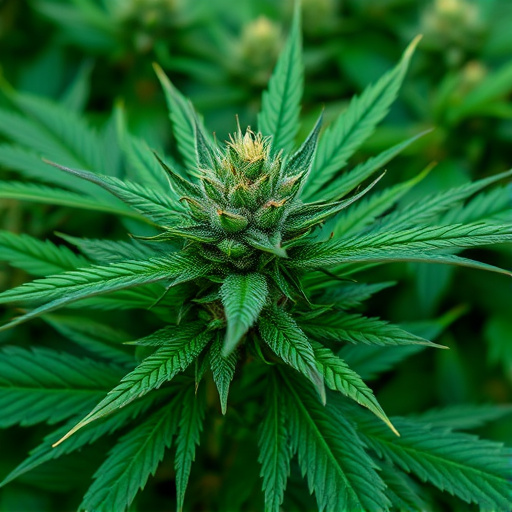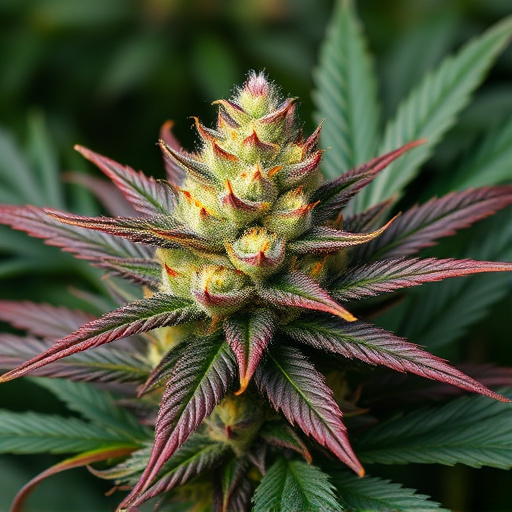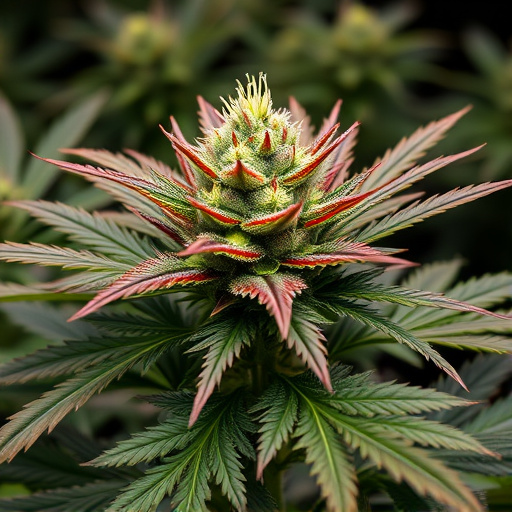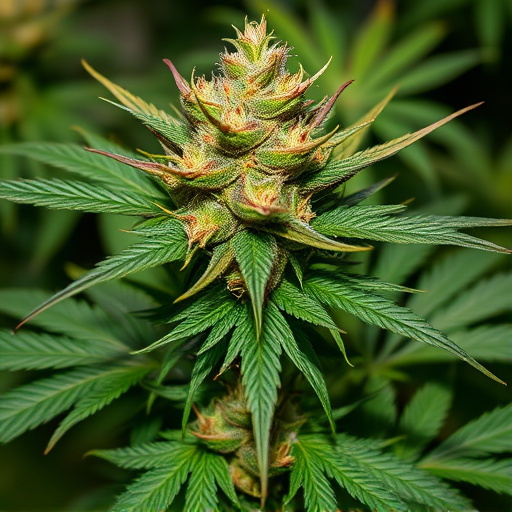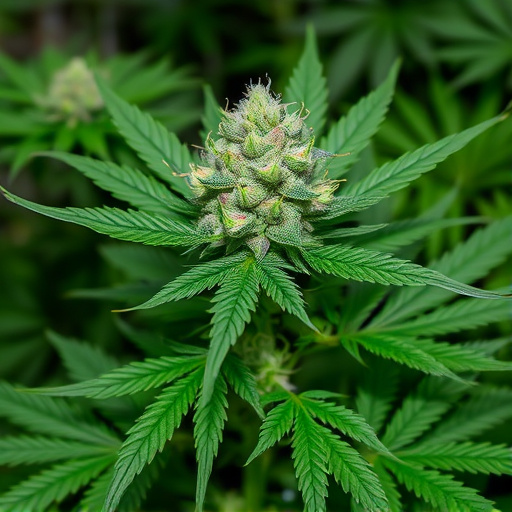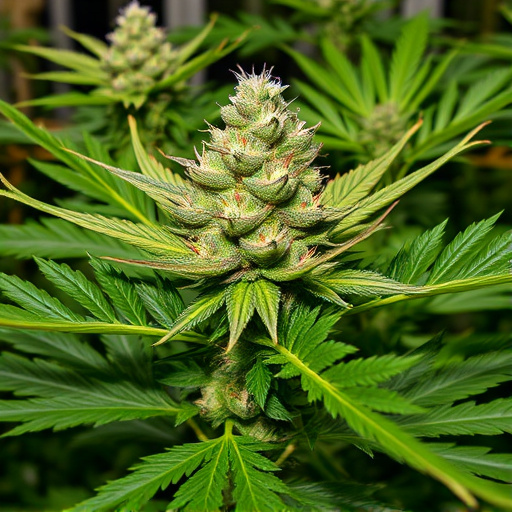Vaping, or vaporization, is a healthier method for consuming cannabis as it releases active compounds without combustion, preserving terpenes and cannabinoids. Different cannabis strains have unique chemical profiles with optimal vaporizing temperatures: Sativas require higher temps (380-415°F / 193-213°C) for their energizing effects, while Indicas benefit from lower settings (350-375°F / 177-191°C) for relaxation. Understanding these specific temperature ranges ensures users get the best experience from the newest strains, unlocking their diverse terpene and cannabinoid combinations.
Discover the ideal vaporizing temperatures for optimal weed enjoyment with the latest strains. This guide explores the science behind cannabis vaporization, unraveling how temperature impacts flavor, potency, and health benefits. From understanding different cannabis strains to deciphering the precise heat settings, you’ll learn how to tailor your vaporizer for a personalized experience. Explore temperature ranges tailored to diverse strain types, ensuring you unlock the full potential of the newest strains of cannabis.
- Understanding Vaporization and Cannabis Strains
- The Science Behind Optimal Temperatures
- Exploring Temperatures for Different Strain Types
Understanding Vaporization and Cannabis Strains
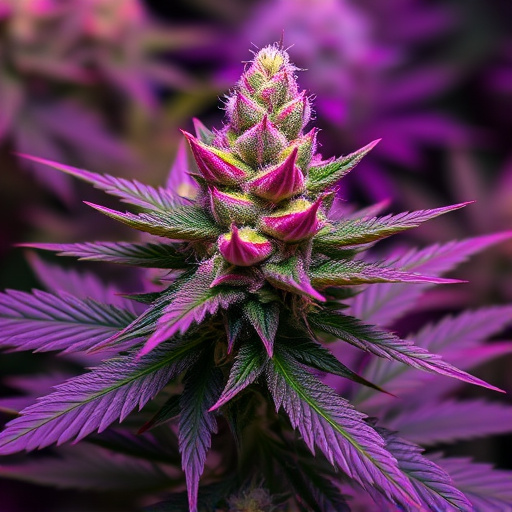
Vaporization, or vaping, is a popular method for consuming cannabis that involves heating the plant material to release its active compounds without combustion. This process preserves more terpenes and cannabinoids compared to traditional smoking methods, offering users a cleaner and potentially healthier alternative. Understanding vaporization allows for optimal temperature control, ensuring you get the best possible experience from your chosen cannabis strains.
Cannabis strains, whether Indica, Sativa, or hybrid, have distinct chemical profiles with varying optimal vaporizing temperatures. The newest strains of cannabis often boast unique terpene combinations and cannabinoid concentrations, each requiring specific temperature ranges for ideal extraction. For example, Sativas may require slightly higher temperatures to release their full spectrum of terpenes and cannabinoids, while Indicas might benefit from lower settings to preserve their more delicate compounds.
The Science Behind Optimal Temperatures
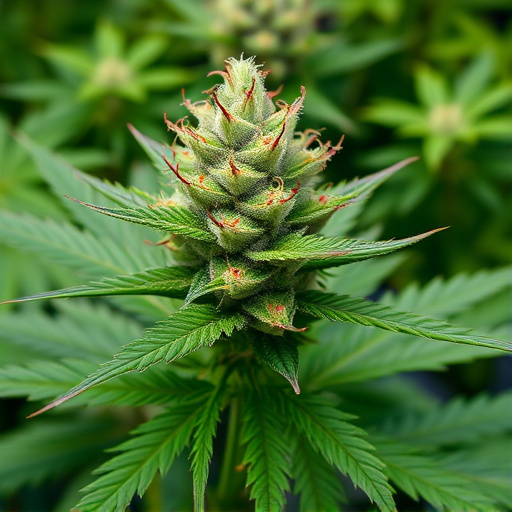
The science behind optimal vaporizing temperatures for weed is a fascinating exploration into the chemistry and biology of cannabis. When we heat up cannabis, various compounds within the plant—including cannabinoids like THC and CBD, as well as terpenes responsible for aroma and flavor—evaporate at distinct temperature points. This complex interplay determines not only the potency but also the therapeutic effects and overall user experience.
Optimal temperatures vary based on desired outcomes and the newest strains of cannabis, which often boast diverse chemical profiles. For example, lower temperatures around 350-410°F (177-210°C) preserve more terpenes and produce a smoother, milder vapor, ideal for flavor appreciation and relaxation. Higher temperatures above 410°F (210°C) can enhance the release of cannabinoids, offering potent effects but potentially sacrificing some terpene content. Understanding these nuances allows users to tailor their vaporizing experience to their preferences and unlock the full potential of cannabis’s diverse chemical makeup.
Exploring Temperatures for Different Strain Types
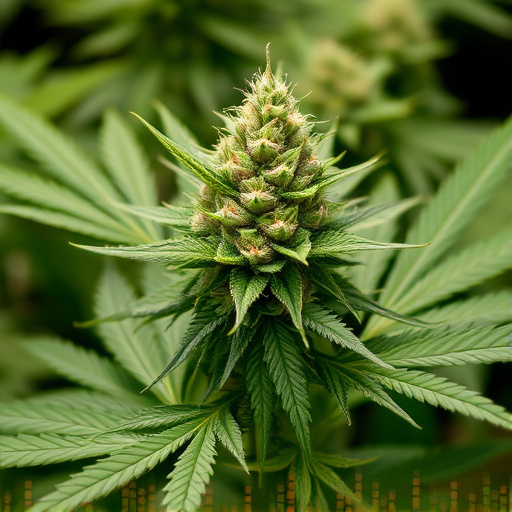
When exploring optimal vaporizing temperatures, understanding how different strain types react at various heat levels is key. Newest strains of cannabis often boast unique terpene and cannabinoid profiles, which can significantly influence the ideal temperature range for extraction. For example, Sativa strains known for their energizing effects may peak at slightly higher temps (around 380-415°F or 193-213°C), while Indica varieties that induce relaxation are often best vaped at lower settings (350-375°F or 177-191°C). These ranges allow for the release of specific compounds, such as THC and CBD, along with their associated terpenes, resulting in a more balanced and enjoyable vapor experience.
Each cannabis strain has its own peculiarities, so experimenting within these general guidelines is essential to find the perfect temperature match. Higher temps tend to extract more potent cannabinoids like THC, while lower settings preserve a broader range of terpenes responsible for aroma and flavor. With the diverse offerings from newer cannabis strains, taking the time to explore these temperatures can elevate your vaporizing experience, ensuring you savor every nuanced taste and effect these unique plants have to offer.
In conclusion, understanding the optimal vaporizing temperatures for weed is key to unlocking the full potential of both classic and the latest strains, such as those from the ever-evolving landscape of cannabis cultivation. By tailoring the temperature to specific strain types, users can enjoy a more nuanced and enhanced experience. The science behind it is clear: different cannabinoid profiles thrive at unique thermal ranges, promising a personalized journey through this vibrant tapestry of plant medicine.






